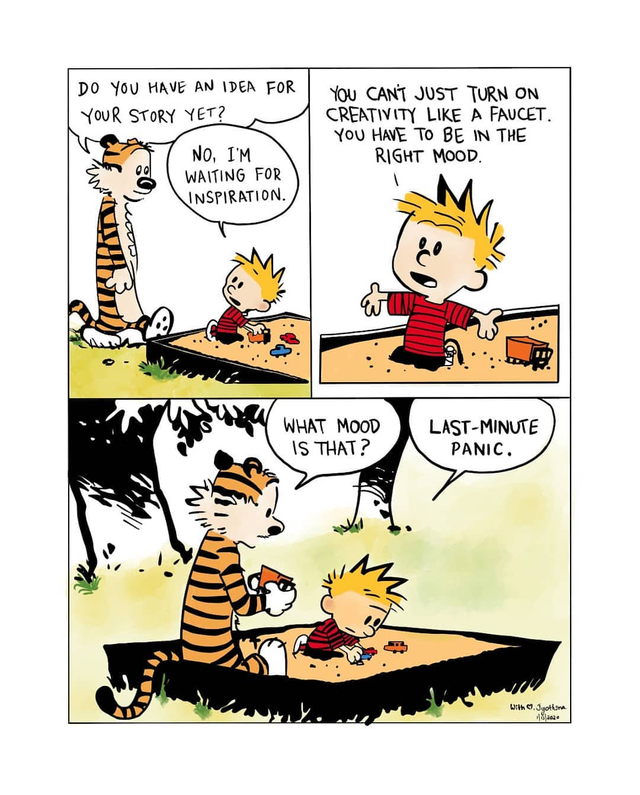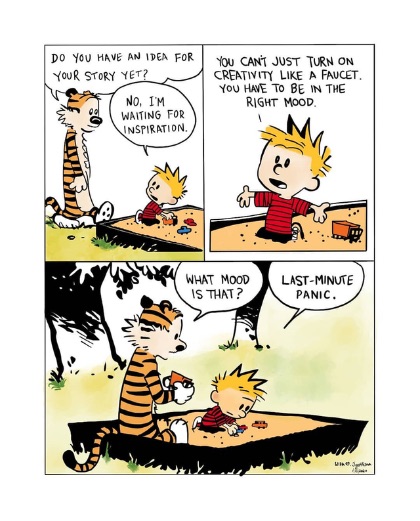Worksheet 01 Combinatorics with Applications in Computer Science
CS607. Combinatorics with Applications in Computer Science
Worksheet 01
Released: 04 Jan, 2024
Released: 04 Jan, 2024
Recall that a code C is a subset of Sn, where S is a fixed, finite alphabet and Sn denotes the set of all strings of length n over S. Recall also that the hamming distance between two n-length strings u and v over S is the number of indicies on which u and v differ, and d(C) denotes the smallest hamming distance between any pair of strings in C. Finally, a code C is said to correct t errors if for every u∈Sn there is at most one w∈C such that d(u,w)≤t.
Now consider the following statement.
A code C corrects d errors if and only if: d(C)≥⋆.
What is ⋆?
Is it possible to color the edges of a 64-dimensional hypercube with 64 colors so that the following property holds?
For every vertex of the hypercube, all its neighbors are colored with 64 distinct colors.
Note. A 64-dimensional hypercube is a graph that has one vertex for every bit string of length 64, and two vertices are adjacent if and only if their hamming distance is one.
© 2022 • Neeldhara Misra • Credits •

Corrections? Please leave a comment here or a PR in this repository, thanks!
I’d rather be a failure at something I love than a success at something I hate.
George Burns
You live and you learn — at any rate, you live.
Douglas Adams
A problem worthy of attack proves its worth by fighting back.
Paul Erdos
